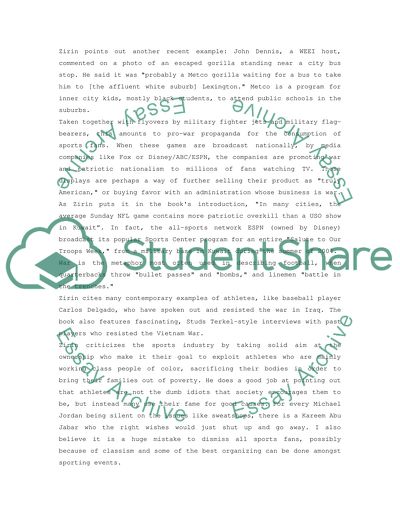Cite this document
(“The Historical and the Present Day Acts in What My Name, Fool Book Report/Review”, n.d.)
Retrieved from https://studentshare.org/english/1500333-dave-zirins-what-my-name-fool
Retrieved from https://studentshare.org/english/1500333-dave-zirins-what-my-name-fool
(The Historical and the Present Day Acts in What My Name, Fool Book Report/Review)
https://studentshare.org/english/1500333-dave-zirins-what-my-name-fool.
https://studentshare.org/english/1500333-dave-zirins-what-my-name-fool.
“The Historical and the Present Day Acts in What My Name, Fool Book Report/Review”, n.d. https://studentshare.org/english/1500333-dave-zirins-what-my-name-fool.


